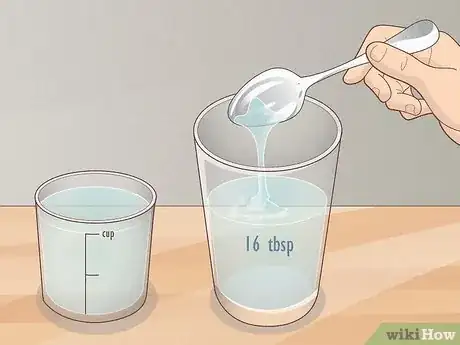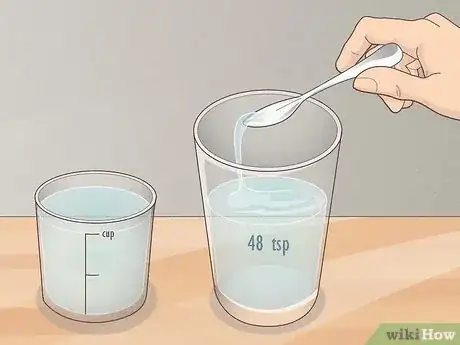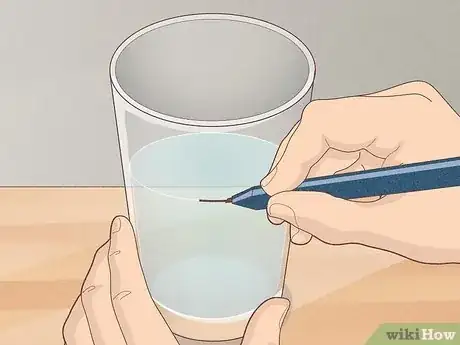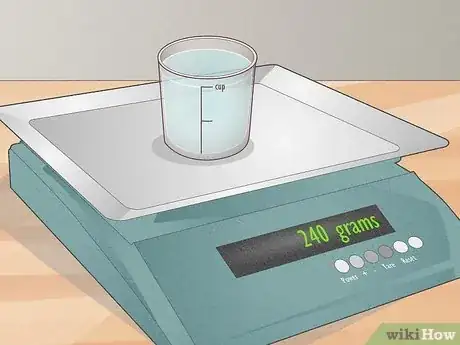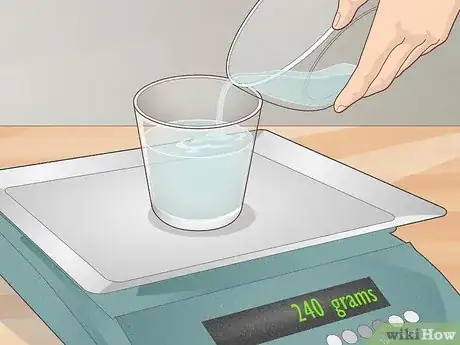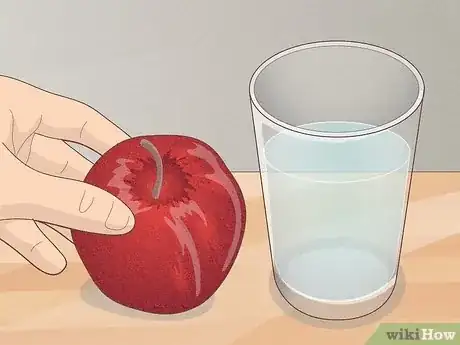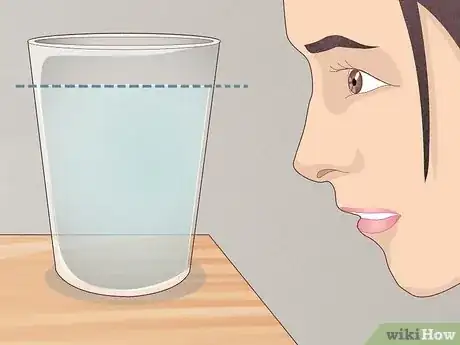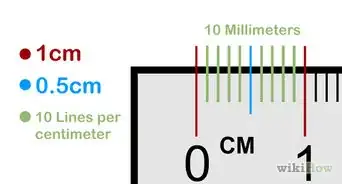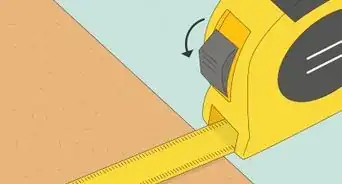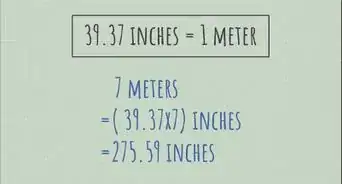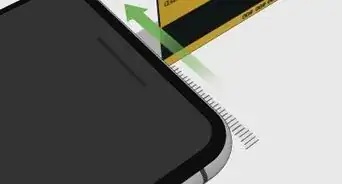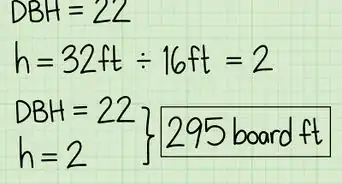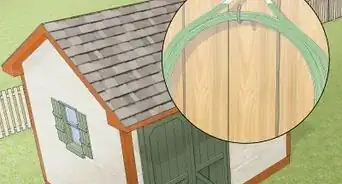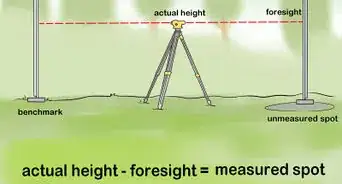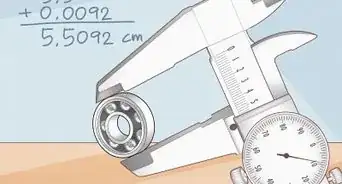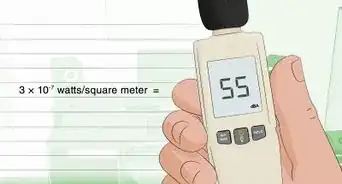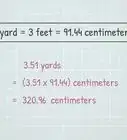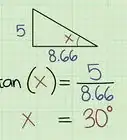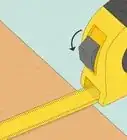This article was co-authored by Marrow Private Chefs and by wikiHow staff writer, Aly Rusciano. Marrow Private Chefs are based in Santa Rosa Beach, Florida. It is a chefs’ collaborative comprised of an ever-growing number of chefs and culinary professionals. Though regionally influenced primarily by coastal, traditional southern, cajun, and creole styles and flavors, the chefs at Marrow have a solid background in all types of cuisine with over 75 years of combined cooking experience.
This article has been viewed 426,521 times.
You’re making something tasty in the kitchen when you realize you don’t have a measuring cup. Don't panic—we’ve got a solution! There are 3 easy ways to measure liquid ingredients without a measuring cup: using tablespoons or teaspoons, measuring with a kitchen scale, or estimating with the help of common household objects. Use one of these methods and you’ll be back to cooking or baking in no time.
Things You Should Know
- Measure with tablespoons or teaspoons instead. 16 tablespoons equal 1 cup, and 48 teaspoons equal 1 cup.
- Alternatively, use a kitchen scale. 1 cup of liquid equals 240 grams on a scale.
- Eyeball your liquid measurements using estimated size comparisons if you’re in a pinch. 1 cup of liquid is roughly the size of an apple.
Steps
With Tablespoons & Teaspoons
-
1Use 16 tablespoons, which equals 1 cup. The easiest way to convert your cup measurement into tablespoons is to remember that 1 cup equals 16 tablespoons. So, if you need a ½ cup, you’ll need 8 tablespoons of liquid.[1]
- Measure your tablespoons with a measuring spoon for the most accurate results.
-
2Use 48 teaspoons, which is the same as 1 cup. While you’re cooking or baking, keep in mind that 1 cup or 8 fluid ounces equals 48 teaspoons. This means that if a recipe calls for ½ cup of water, you’ll need 24 teaspoons of water.[2]Advertisement
-
3Mark a container after measuring with tablespoons or teaspoons. Since you don’t have a measuring cup, why not make your own? Use a tablespoon or teaspoon conversion and scoop ¼, ½, and 1 cup of liquid into a spare clear container. Then, trace the line of liquid onto the container with a permanent marker.[3]
- Now, when you need that liquid measurement again, you can just fill up the container to the correct line.
- Reuse an empty and cleaned-out yogurt container or sauce jar to limit waste.
With a Kitchen Scale
-
1Convert your liquid measurement to grams (1 cup = 240 grams). Most recipes give liquid measurements by volume rather than weight.[4] When using a kitchen scale to weigh liquids, you must first convert the needed amount from cups or ounces to grams.
- There are 8 fluid ounces in 1 cup, which is about 240 grams.
- For instance, if you need ½ cup of water, you’ll need 120 grams.
- Generally, 1 fluid ounce equals 1 regular ounce.
-
2Calibrate your scale to exclude an empty vessel’s weight. Select an empty vessel to hold your liquid: cup, glass, pot, yogurt container, etc. Then, place it in the center of the scale. Hit the “tare” or “zero” button to set your scale. This way, it’ll only measure the weight you add to the vessel.[5]
- The scale should read “0” once the button is pressed.
-
3Pour your liquid into the vessel. Keep the vessel in the center of the scale, and gently pour in the liquid. Stop pouring once the scale reads the weight you need.[6] If you go over the needed amount, simply pour the excess out in the sink.
- Some scales let you select what type of liquid you’re measuring. If yours has this feature, use it, as some liquids can be denser or heavier than others.
- If you have multiple liquids to measure, measure them in the same vessel or recalibrate the scale with a new vessel.
With Size Comparisons
-
1Use a cup or glass that holds the same amount of fluid ounces. Look around your kitchen and inspect the bottom of any cups or glasses you have. Believe it or not, they may say how much liquid they hold in ounces on the bottom. Convert the amount of liquid you need to ounces and use the corresponding cup.
- There are 8 fluid ounces in 1 cup.
- So, if a recipe calls for 2 cups of water, fill an 8-ounce glass twice. If it calls for a ½ cup, fill the glass halfway.
-
2Use another object as a reference point. If you don’t need an exact measurement, eyeballing the amount of liquid you need can work just fine! Place a glass cup on the counter, and then place one of the objects below next to it. Fill the glass with liquid to match the height of the object beside it.
- For ¼ cup, use a large egg.
- For ½ cup, use a tennis ball.
- For 1 cup, use an apple.
- Keep in mind that these are only estimates, so this method may not be best for things that need precise measurements, like baking a cake.
-
3Check the level of liquid straight on. Did you know that how you’re standing or sitting can change a liquid measurement? Always set your cup or glass on a flat, level surface and crouch down to see where the liquid ends.[7]
- The curved arc at the liquid’s surface (the one you use to measure) is called the meniscus line.
References
- ↑ https://www.thecalculatorsite.com/articles/cooking/cups-and-tablespoons.php
- ↑ https://thetastytip.com/how-many-teaspoons-in-one-cup/
- ↑ https://youtu.be/sv2aYlG_cvY?t=32
- ↑ https://youtu.be/zQUEX1pB-Zs?t=305
- ↑ https://www.americastestkitchen.com/kids/recipes/how-to-use-a-liquid-measuring-cup
- ↑ https://www.americastestkitchen.com/kids/recipes/how-to-use-a-liquid-measuring-cup
- ↑ https://www.americastestkitchen.com/kids/recipes/how-to-use-a-liquid-measuring-cup
- ↑ https://www.thecalculatorsite.com/articles/cooking/cups-and-tablespoons.php
- ↑ https://www.thecalculatorsite.com/articles/cooking/cups-and-tablespoons.php
About This Article
To measure liquids without a measuring cup, imagine an object of the same volume to help you visualize the correct amount. For example, a tablespoon is about the size of an ice cube and a cup is about the size of a baseball or apple. For 1/2 cup, imagine a tennis ball and for a 1/4 cup, picture a large egg. Then, find a glass that you could easily fit your object into, like a highball glass or whisky tumbler. When you pour your liquid, imagine the object in your glass and fill it with the rough volume of your object. For more tips, including how to use a kitchen scale to calculate the right amount of liquid, read on!
